Kinhtedothi - The 2024 Capital Law has stipulated new specific mechanisms to develop the capital's culture. These are important legal bases to build Hanoi into a true center of convergence and cultural crystallization of the whole country...
Hanoi is a pioneer and leader in cultural development.
According to the presentation with the theme "Achievements in the struggle, construction and development of Hanoi with the role and position of the Capital" of the City People's Committee at the scientific conference "95 years of the founding of the Hanoi Party Committee - stature and historical significance (March 17, 1930 - March 17, 2025)", Hanoi is the largest cultural and artistic center in the country, a locality that is always a pioneer and leader in cultural development.
In the history of formation and development, Thang Long - Hanoi was directly and strongly influenced by the cultural space of 4 cultural sub-regions: the North, the West, the East and the Upper Son Nam region. Hanoi today has inherited, preserved and assimilated the culture of the sub-regions; at the same time, it has received external cultural elements to meet the need to develop into a cultured, civilized and modern city.
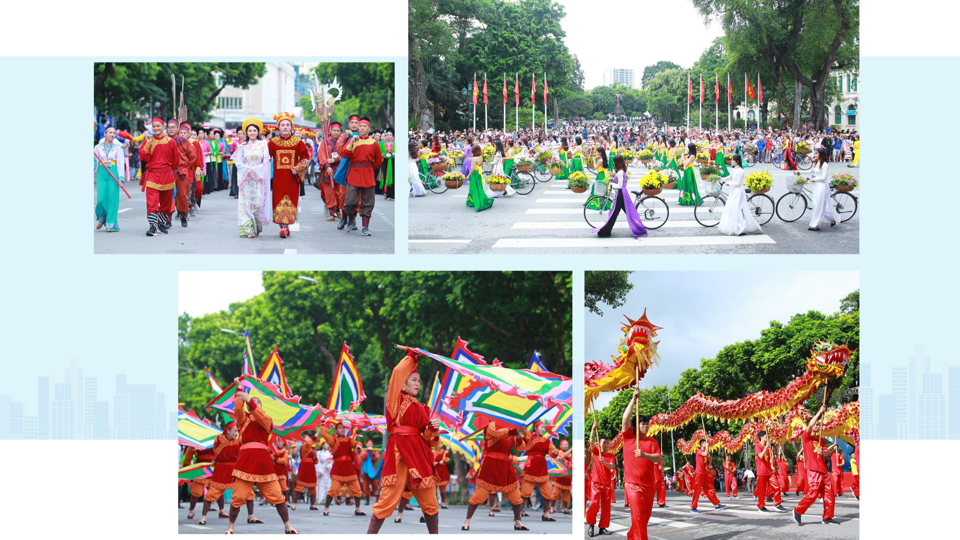
This has created for the capital Hanoi the ability to accumulate and spread culture and civilization, both as a land preserving a huge treasure of national cultural heritage and absorbing the quintessence of human culture and civilization, thereby making certain contributions to the development of the country, the region and the world with 5,922 inventoried relics, of which 2,668 relics are ranked (accounting for about 1/3 of the total number of ranked relics in the country).
Of which, there is 1 world heritage; 2 world documentary heritages; 21 special national relics; 1,163 relics/relic clusters ranked nationally (accounting for ¼ of the total number of nationally ranked relics in the country); 1,484 relics/relic clusters ranked at the city level. Hanoi has 3,507 inventoried intangible cultural heritages, equal to 5.32% of the country, 76.16% of the Red River Delta. There is 1 title of "Creative City" by UNESCO, there are 32 intangible cultural heritages in the National Intangible Cultural Heritage List; 2 world documentary heritages recognized by UNESCO, 4 intangible cultural heritages listed by UNESCO, of which there are 3 representative intangible cultural heritages of humanity.
In addition, Hanoi has 1,350 craft villages; 1,661 preserved folk festivals... The unique and attractive culinary culture of Hanoi Capital is the pride of the people of the Capital in particular and the Vietnamese people in general. In the world, few capitals have such a convergence of traditional culture, a long history of education, many types of religions, beliefs, rituals, traditional festivals, traditional craft villages, folk performing arts... like Hanoi Capital.
Hanoi has always thoroughly grasped and flexibly and creatively applied the Party's viewpoints and policies on cultural development and human development in accordance with the conditions of the capital. After liberation, Hanoi had only one library with 90,000 books, but in 1965 there were 8 libraries with 177,000 books. From 19 cinema and art teams in 1955, by 1965 Hanoi had 31 cultural and art teams, serving the masses.
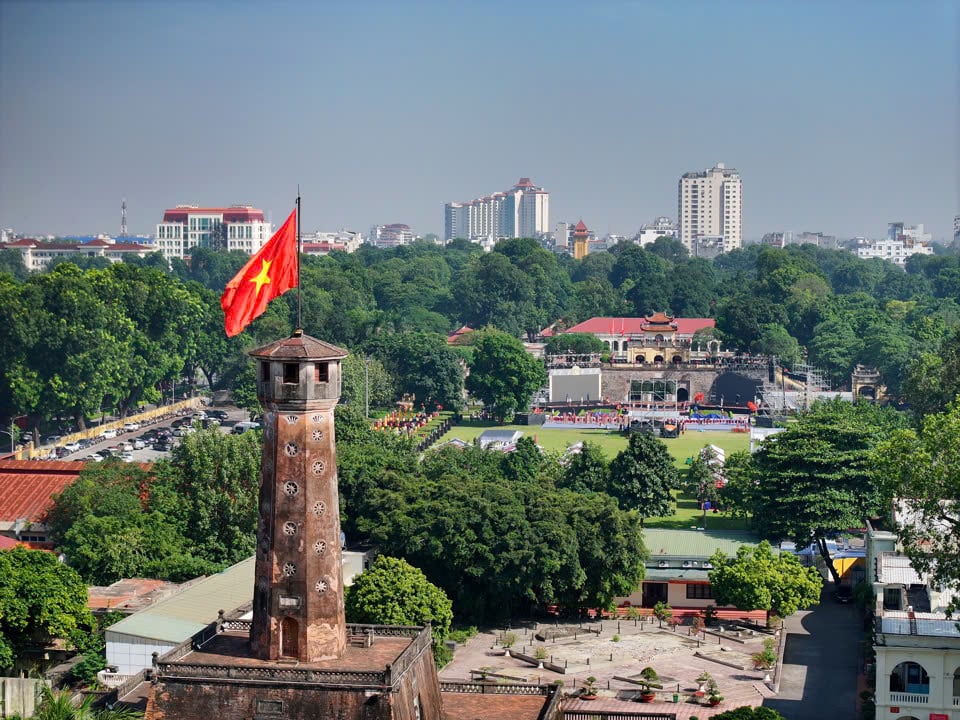
In each development stage, Hanoi has added cultural works. After the Liberation of the Capital, during the restoration and renovation period (1954-1960), Hanoi put into use 6 new public and living works, 8 cultural and educational works; in the period of 1961-1965, Hanoi continued to complete and put into use 30 public and living works. After 1975, Hanoi paid attention to and focused on cultural development, taking care of the spiritual life of the people. Some large works were also completed such as: Thu Le Park, Youth Cultural Palace (now Children Cultural Palace)...
Currently, according to statistics, Hanoi ranks first in the country in the number of museums (49 public museums, 19 private museums), the number of libraries (1 National Library, nearly 200 libraries of universities, academies, research institutes, 1,085 libraries managed by Hanoi, with 620,101 thousand books); the number of theaters (23 professional art theater units, under the management of ministries and branches, accounting for 94% of the total number of national performing arts facilities and 6 art theater units managed by Hanoi); the number of exhibition centers, cinemas, digital databases of cultural heritage and works of art, cultural centers/houses, cultural creative spaces, art entertainment areas, etc.
Comprehensive development of cultural industries
The presentation also pointed out that Hanoi's cultural and artistic activities are very vibrant, including many regional and international cultural and artistic events. This is a huge resource for Hanoi to exploit to improve the quality of spiritual life for the people, contributing to the development of the cultural industry.
In 2019, Hanoi was honored as a member of the UNESCO Creative Cities Network with the goal of taking cultural resources and cultural creativity as the foundation for the sustainable development of the capital. New factors and new contexts in the digital age and the 4.0 revolution create conditions for Hanoi to exploit resources and cultural values, contributing to better exploiting and promoting cultural resources.
In recent years, Hanoi has been determined to comprehensively develop cultural industries in terms of scale, product quality, services and market, ensuring sustainable development and becoming a key economic sector.
Hanoi has recently been honored to receive many major awards voted and presented by international organizations such as: "Asia's Leading City Tourism Destination"; "World's Best Golf City Destination 2024" awarded by World Travel Awards; in the group of "100 most attractive city destinations in the world 2024" voted by Euromonitor International research site; "Vietnam's Leading Cultural Destination 2024"; "World's Leading City Tourism Management Agency 2024"; "Asia's Leading City Tourism Destination 2024"; "Asia's Leading Short-Term City Tourism Destination 2024" awarded by World Travel Awards for the third consecutive time in 2022, 2023, 2024...
Hanoi has a complete and comprehensive system of basic cultural institutions. The Politburo has issued 3 resolutions on "Orientations and tasks for the development of the Capital" for the 2001-2010 period, the 2011-2020 period and the 2021-2025 period, which always emphasize and promote cultural factors. In particular, Resolution No. 15-NQ/TW dated May 5, 2022 is of special importance to the cause of building and developing the Capital. In it, it is determined that "Culture and people are both the goal and the foundation, resources and driving force for the development of the Capital" and sets out the requirements and tasks of "Focusing on developing the Capital's culture worthy of the thousand-year tradition of Thang Long - Hanoi; building Hanoi to truly be the center of convergence and cultural crystallization of the whole country, becoming a new development resource for the Capital". Hanoi is the first locality in the country to issue a specialized Resolution on the development of cultural industries.
In particular, on the basis of inheriting the provisions of Article 11 of the 2012 Law on the Capital, the 2024 Law on the Capital has stipulated new specific mechanisms to develop the culture of the Capital. These are important legal bases to build Hanoi into a true center of convergence and cultural crystallization of the whole country, creating a civilized and elegant cultural environment, representing the national cultural identity and thousand-year-old tradition of civilization.
Hanoi is the capital of the whole country, the political, economic, cultural and foreign affairs center of our country, where the urban population is among the highest in the country, with a team of famous intellectuals and artists. Hanoi is where the central government's headquarters are located. The daily activities of the locality are immediately grasped by the central government.
Words of encouragement or whistle blowing reminders, even happen every day, every hour, unlike other localities. Some people jokingly say: "Hanoi is near the sun" so it is hot all year round. In fact, these are great advantages for Hanoi.
The period 1991-2000, the period when the Party Committee and the People of the Capital continued to carry out industrialization and modernization, implementing the Resolution of the 11th Party Congress of the City, required the Hanoi Party Committee to constantly improve itself, improve itself, to meet very high demands.
Every success or failure in work is largely determined by the cadres. This requires each cadre to have a plan to regularly improve their theoretical and practical qualifications. On the other hand, the Party Committee has a plan to send cadres to training at Central and local Party Schools to improve their qualifications.
The Hanoi Party Committee also assigned the Party Committee's Organizing Committee to open specialized training courses.
In selecting officials for key positions, there are cases where it is necessary to have a long-term vision, detect early and then undergo training. That is the case of a district in the city that needs a worthy Chairman of the District People's Committee. Many opinions were proposed from different perspectives...
But there is an important criterion which is the leadership and management capacity of the cadres... In fact, with the leadership and management of comrades and the help and support of the Party Committee, the district has made many changes in the process of building new rural areas.
Professor Le Xuan Tung - former Secretary of Hanoi Party Committee
Source: https://kinhtedothi.vn/xay-dung-ha-noi-la-trung-tam-hoi-tu-ket-tinh-van-hoa-cua-ca-nuoc.html



![[Photo] Readers line up to visit the photo exhibition and receive a special publication commemorating the 135th birthday of President Ho Chi Minh at Nhan Dan Newspaper](https://vphoto.vietnam.vn/thumb/1200x675/vietnam/resource/IMAGE/2025/5/17/85b3197fc6bd43e6a9ee4db15101005b)
![[Photo] Prime Minister Pham Minh Chinh chairs meeting on science and technology development](https://vphoto.vietnam.vn/thumb/1200x675/vietnam/resource/IMAGE/2025/5/17/ae80dd74c384439789b12013c738a045)
![[Photo] More than 17,000 candidates participate in the 2025 SPT Competency Assessment Test of Hanoi National University of Education](https://vphoto.vietnam.vn/thumb/1200x675/vietnam/resource/IMAGE/2025/5/17/e538d9a1636c407cbb211b314e6303fd)
![[Photo] Nearly 3,000 students moved by stories about soldiers](https://vphoto.vietnam.vn/thumb/1200x675/vietnam/resource/IMAGE/2025/5/17/21da57c8241e42438b423eaa37215e0e)
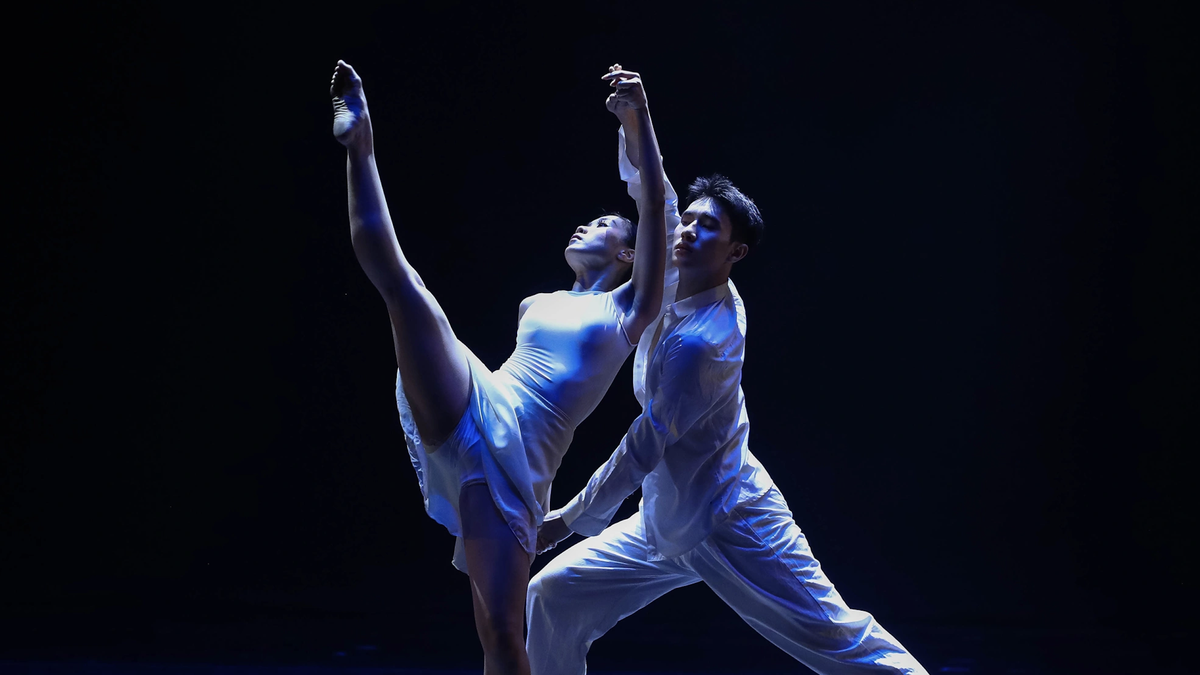
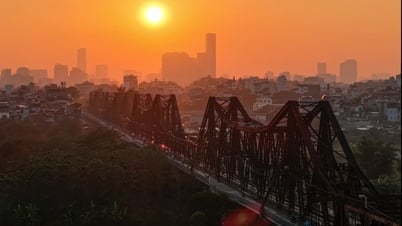




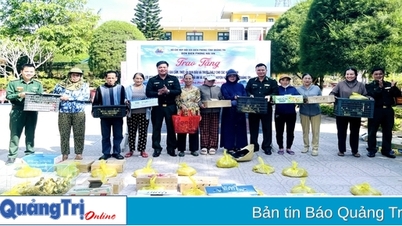

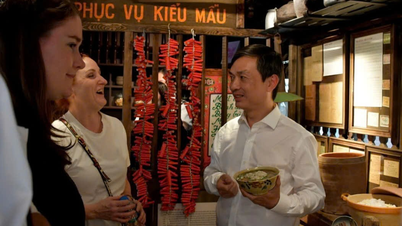

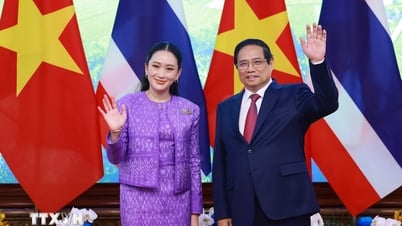

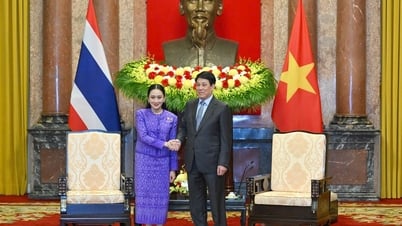

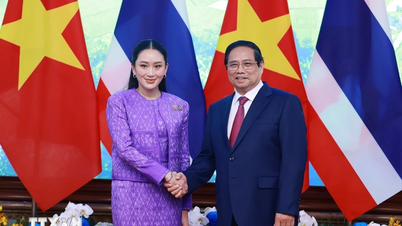
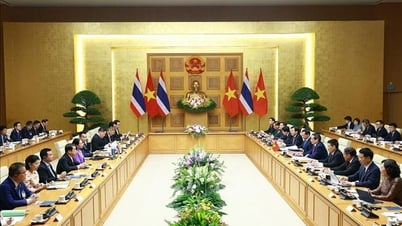
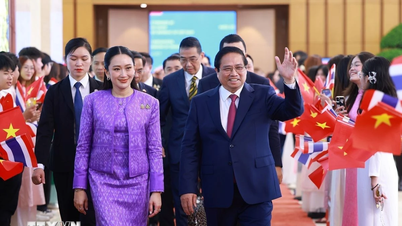

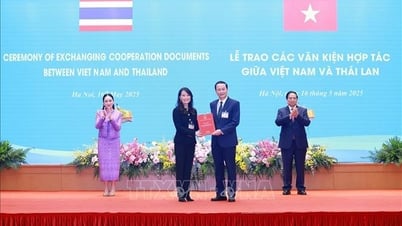




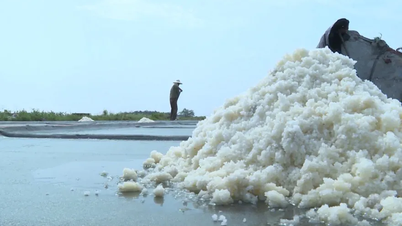


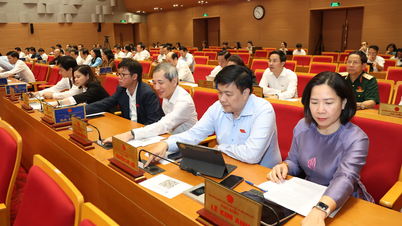

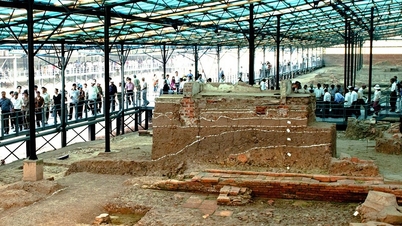






















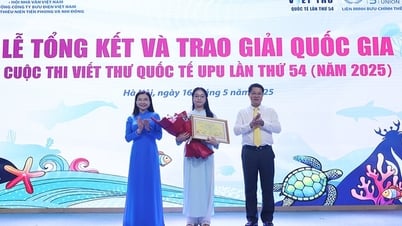
























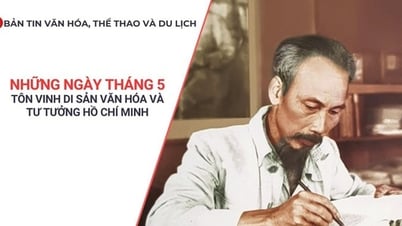
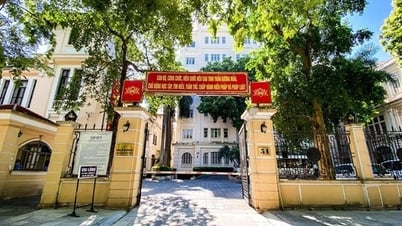
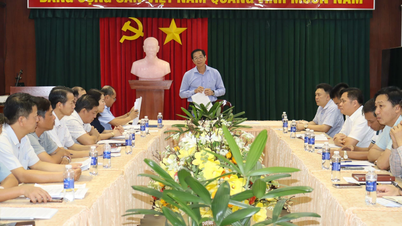


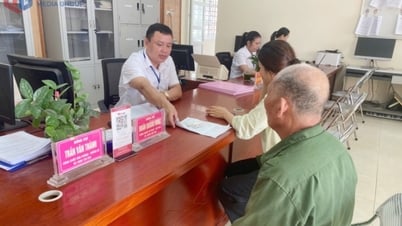

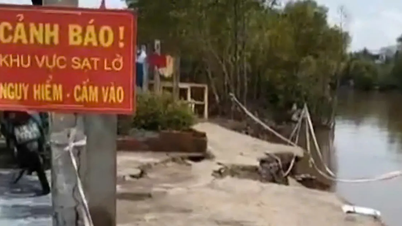
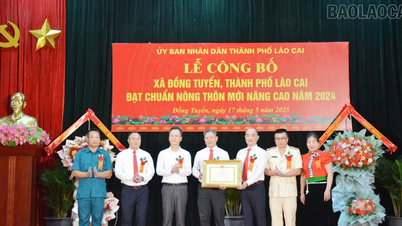













Comment (0)